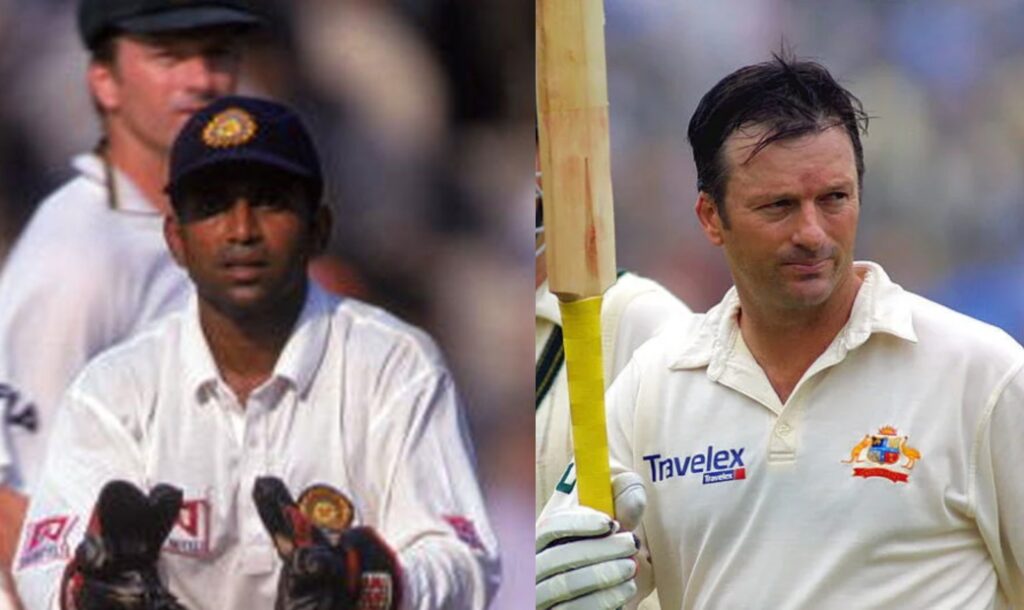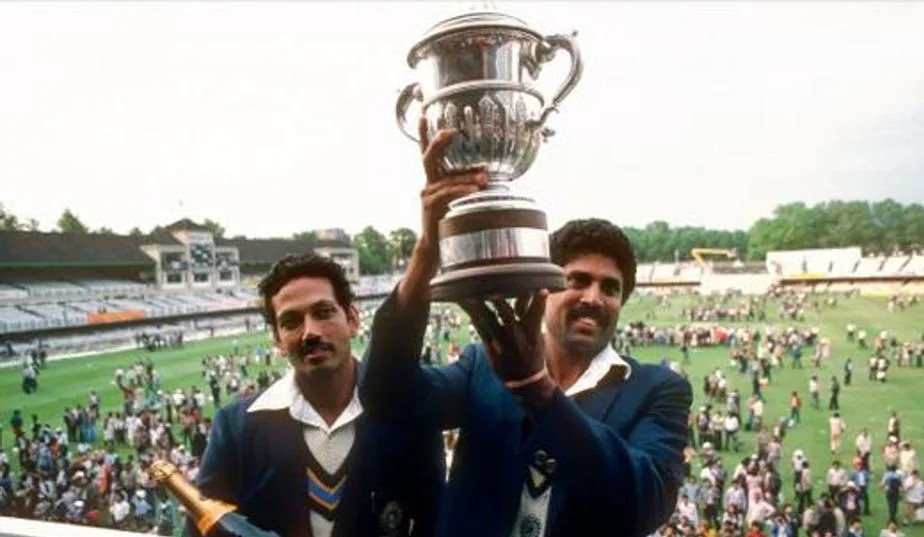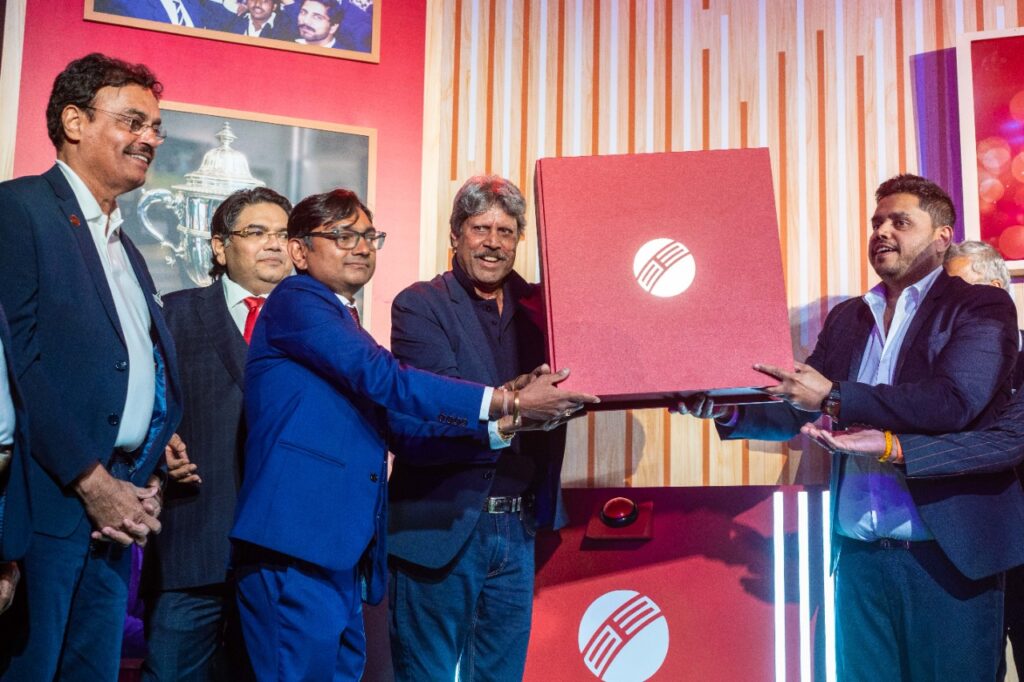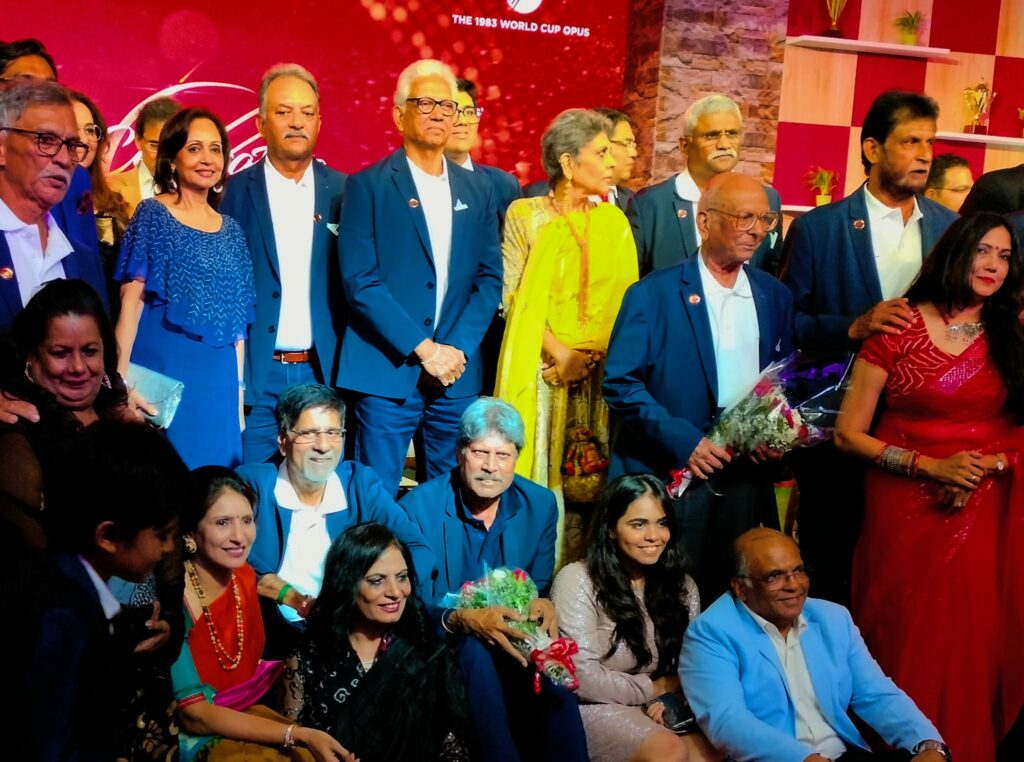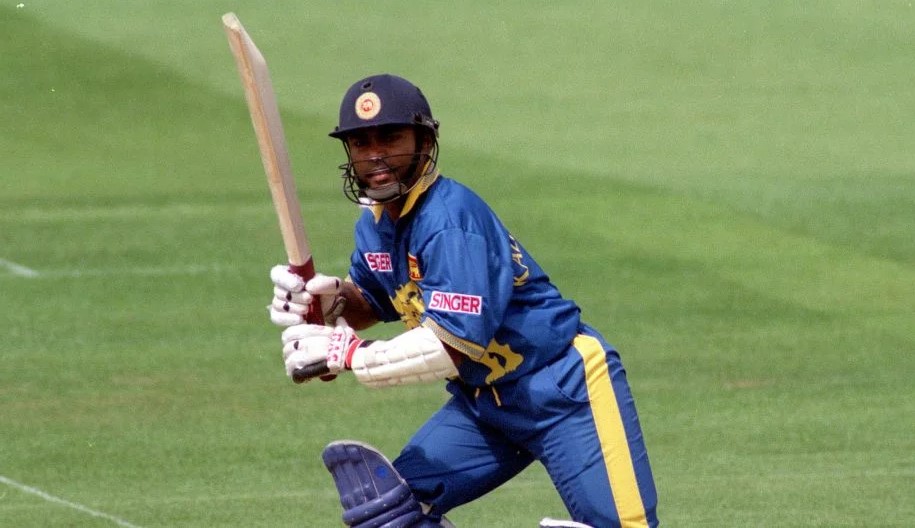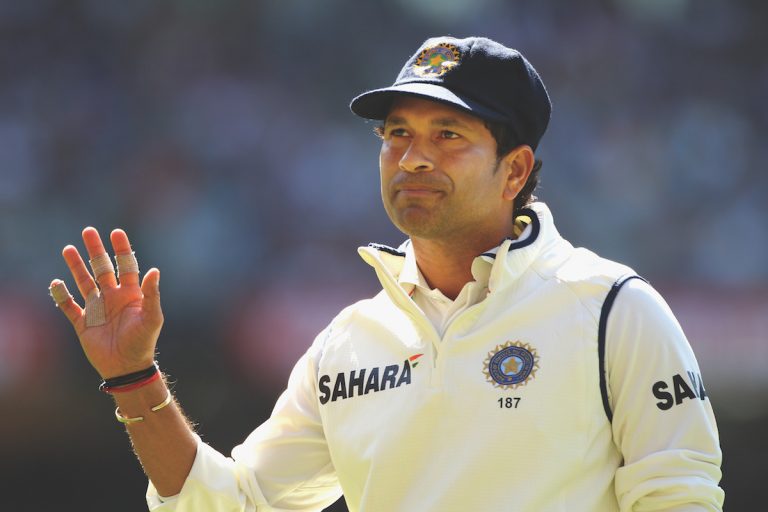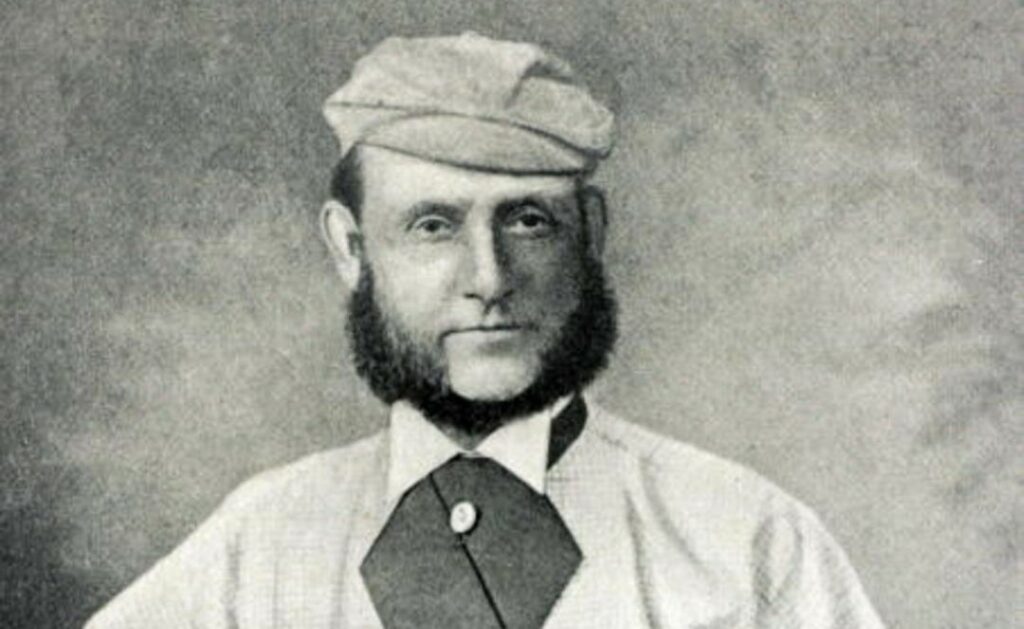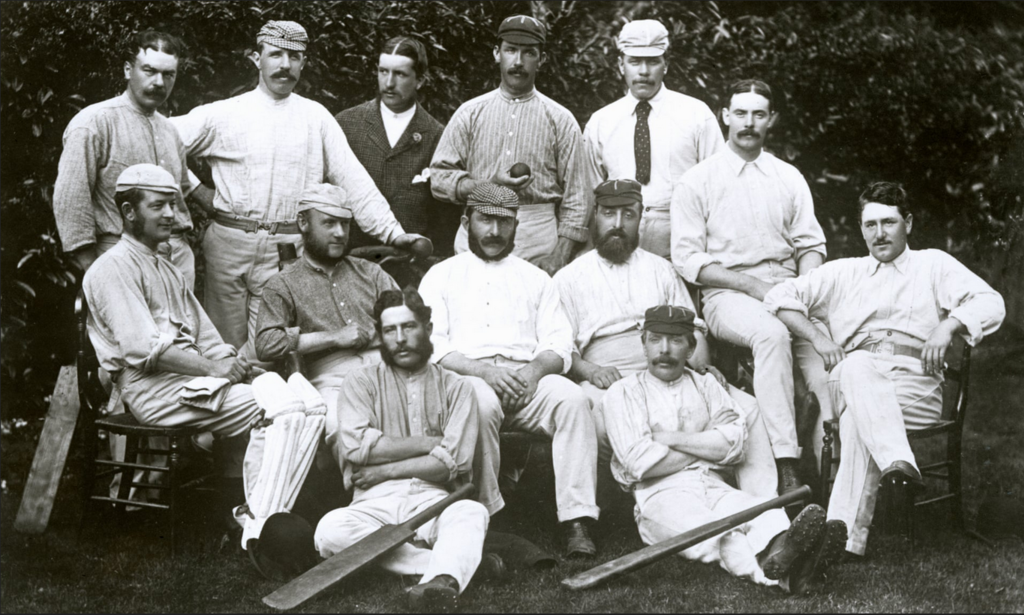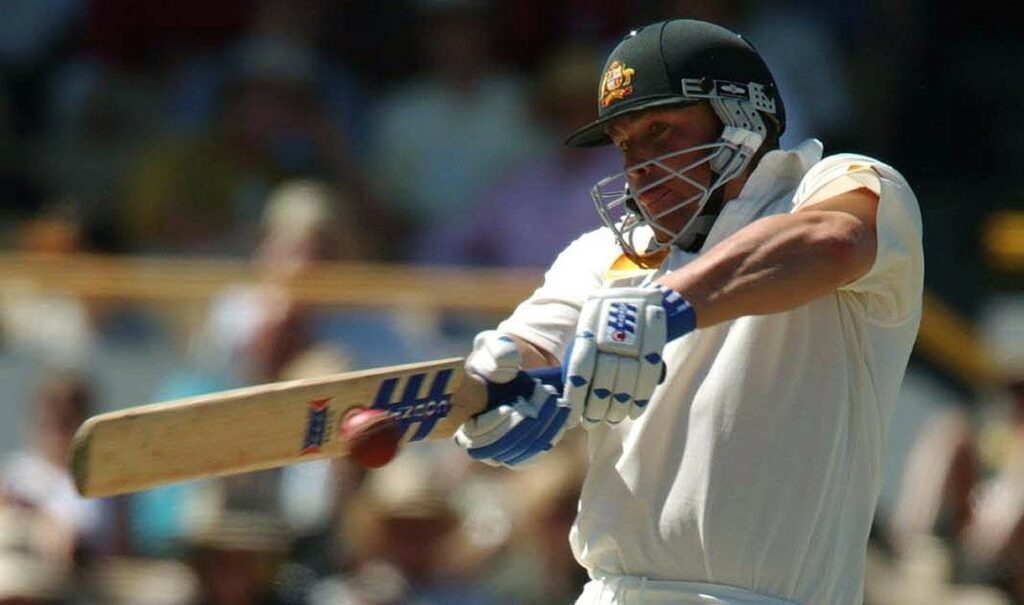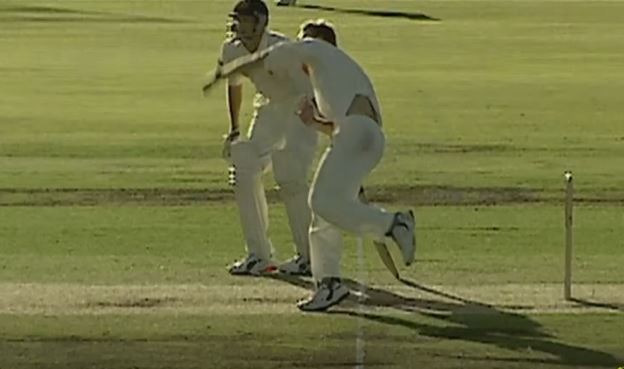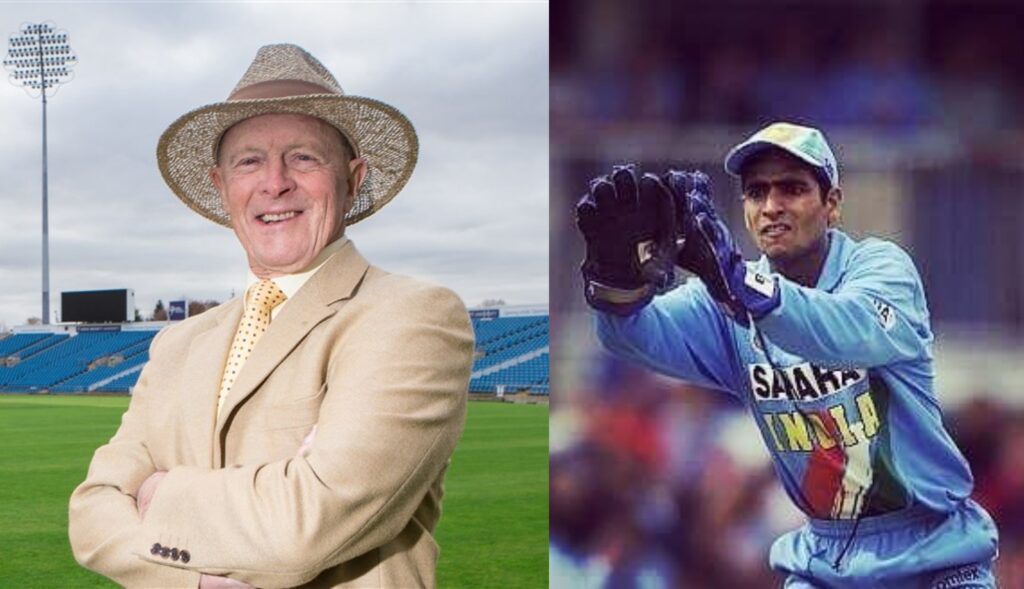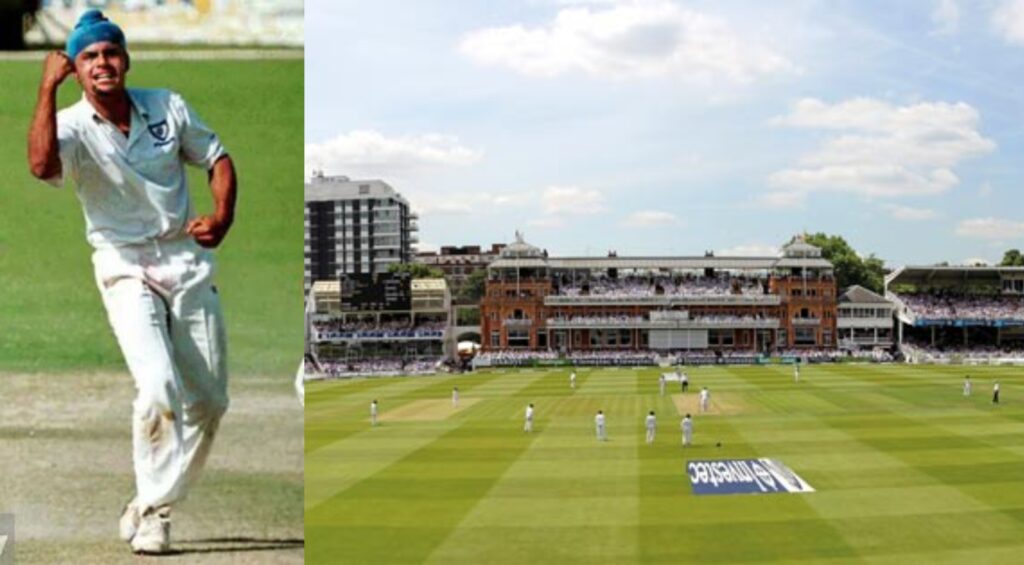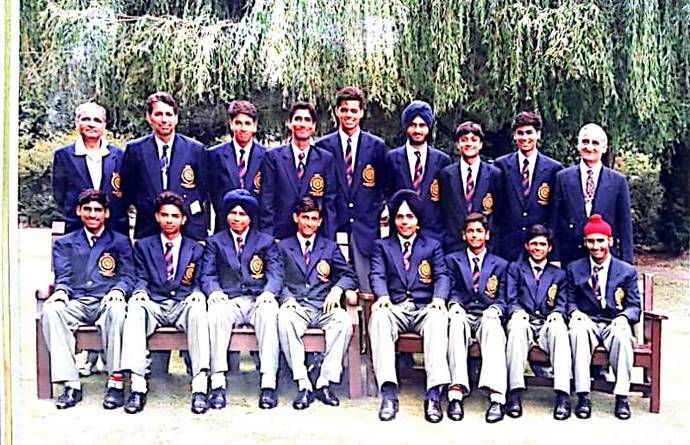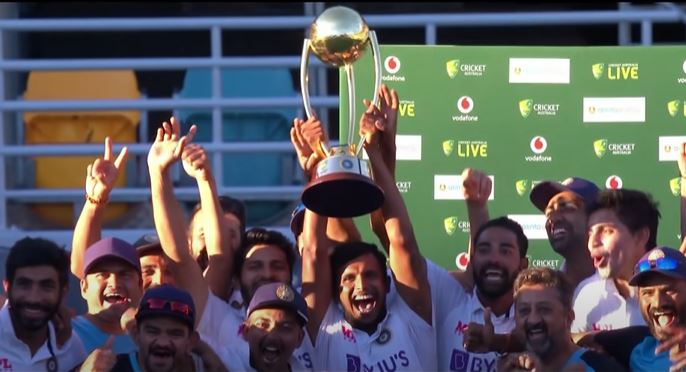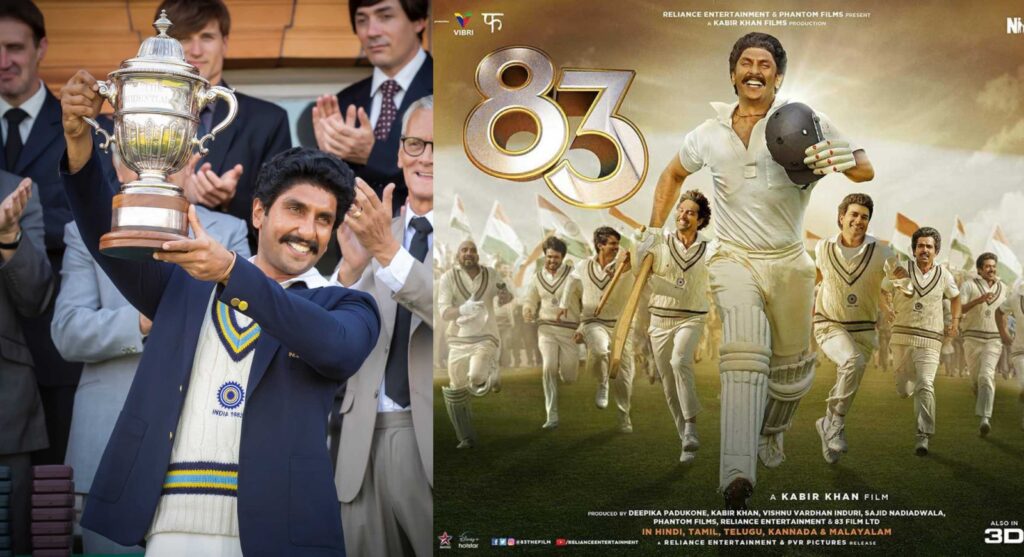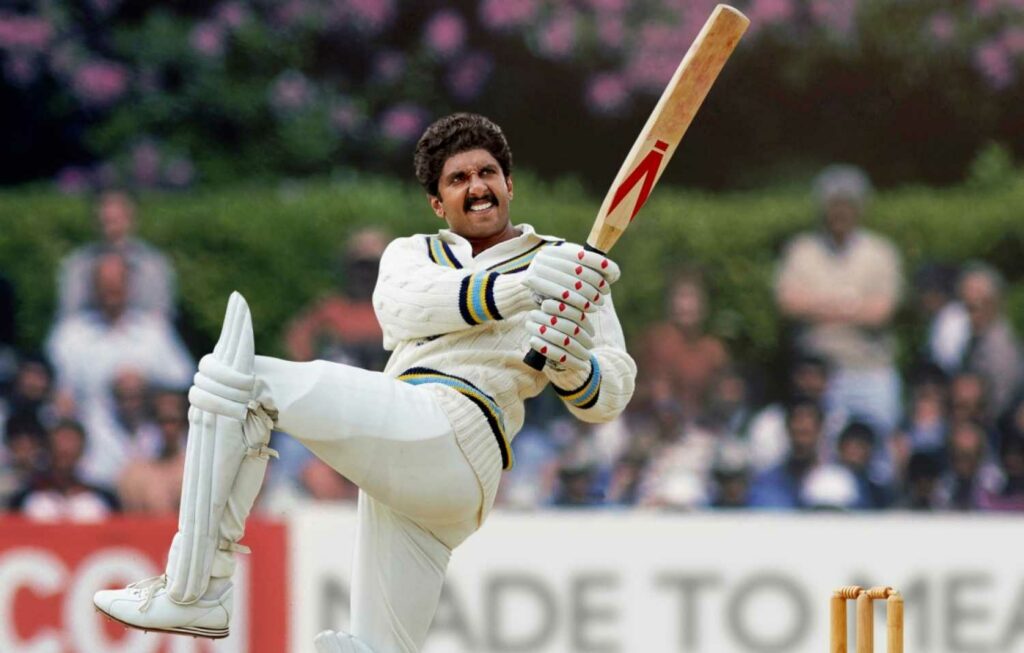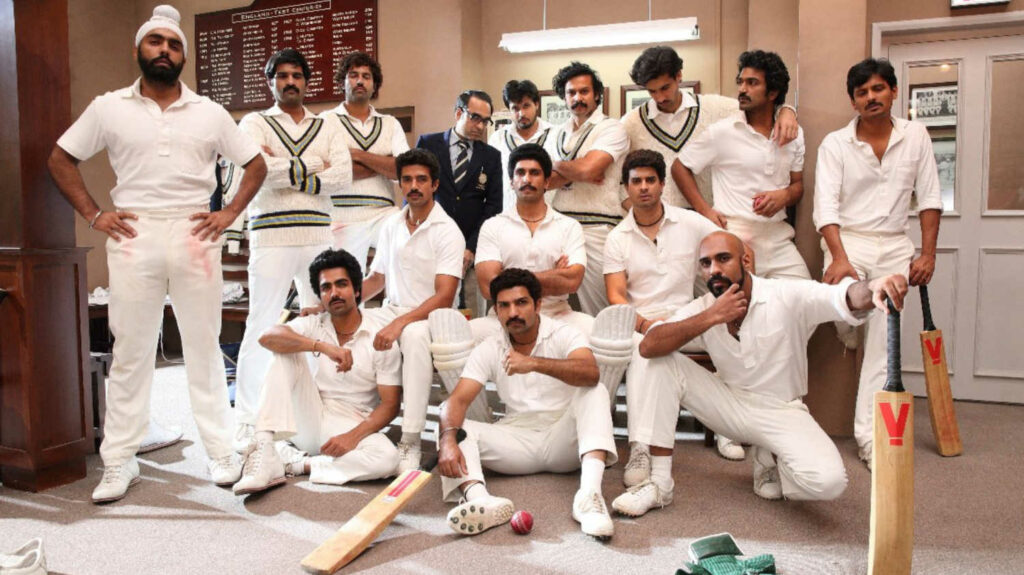One of the fondest memories for Mumbai cricket fans who started watching the game in the 90s would be their team’s victory against the mighty Australians in 1998 at the Brabourne Stadium. That three-day match saw Sachin Tendulkar score his first ever first-class double century.
It was also the first time I set foot inside a cricket stadium in my life and I couldn’t have asked for anything better. But even after Tendulkar and his team’s terrific display of batting, none of us thought that Mumbai’s Ranji team would go on to defeat Australia in two-and-a-half days. Read more about that match HERE.
It was a practice match before the three-match test series Australia was to play against India. Similarly, in 2001, Australia was set to play against Mumbai again before the test series. The 2001 test series turned out to be one of the best ever, especially due to the historic second test at the Eden Gardens, Kolkata.
But before the test series commenced, the match between Mumbai and Australia, again at the Brabourne Stadium, brought back terrific memories of the 1998 match between the same teams.
Tendulkar wasn’t playing this one as he was rested. But before the start of the match, a news article quoted the Master Blaster motivating team Mumbai by saying, “Don’t forget what we did in 1998.” [I can’t find that article now]
Mumbai batted first and soon started struggling at 82 for 5 with Amol Muzumdar and Vinod Kambli out for 1 and 0 respectively. But captain and wicket-keeper Sameer Dighe’s counterattack (84) with Sairaj Bahutule (51) and later with Romesh Powar (65*) took Mumbai to a good score of 328 for 9 at which they declared the innings.
When Australia turned out to bat, skipper Steve Waugh scored an unbeaten 106. However, nobody else from their line-up got going and the team was all out for just 203. The Aussies couldn’t get the services of Mark Waugh as he was injured soon after the match commenced.
Mumbai’s top order showed more maturity in the second innings as both the openers Vinayak Mane and Wasim Jaffer scored half centuries. They declared the innings at 191 for 8. Out of all the Mumbai wickets, Shane Warne picked up 7. Australia were given a target of 317 after the first session of the third day.
It looked like the match will end in a draw but there was drama in store in the last session. Australia’s top order collapsed and they were reduced to 64 for 5 at one stage and 80 for 6 soon after. Bahutule rocked the Australian top-order by scalping 4 wickets. He was getting the ball to talk.
I remember watching the last day of the match at my cousin’s place and we were super excited as we anticipated the repeat of 1998. Plus, Australia had only 9 wickets to play since Mark Waugh was injured.
But his twin and the Aussie skipper saw the day through (34*) with some gutsy support from Damien Fleming who battled 72 balls for his unbeaten 22.
Although Mumbai couldn’t win again and repeat 1998, they gave a scare to the best test side of the world. Tendulkar’s motivation before the match had a positive impact on the team.
Interestingly, Australia had fielded a much stronger side in the 2001 match against Mumbai in comparison to the one they did in 1998. And most importantly, there was no Tendulkar in the 2001 encounter. It goes onto show Mumbai’s talent backed by some terrific fighting spirit back then. Today, not even a picture (forget video) of that match is available. There’s only the scorecard available HERE.
Mumbai’s skipper and wicket-keeper Sameer Dighe, who top-scored in the first innings, was selected in the Indian team for the third test match at Chennai in the following series. His 22 not out in the fourth innings of the match became instrumental in India winning the test and subsequently the series by 2-1.
Also read: Forgotten innings – Nayan Mongia’s historic feat vs Australia
